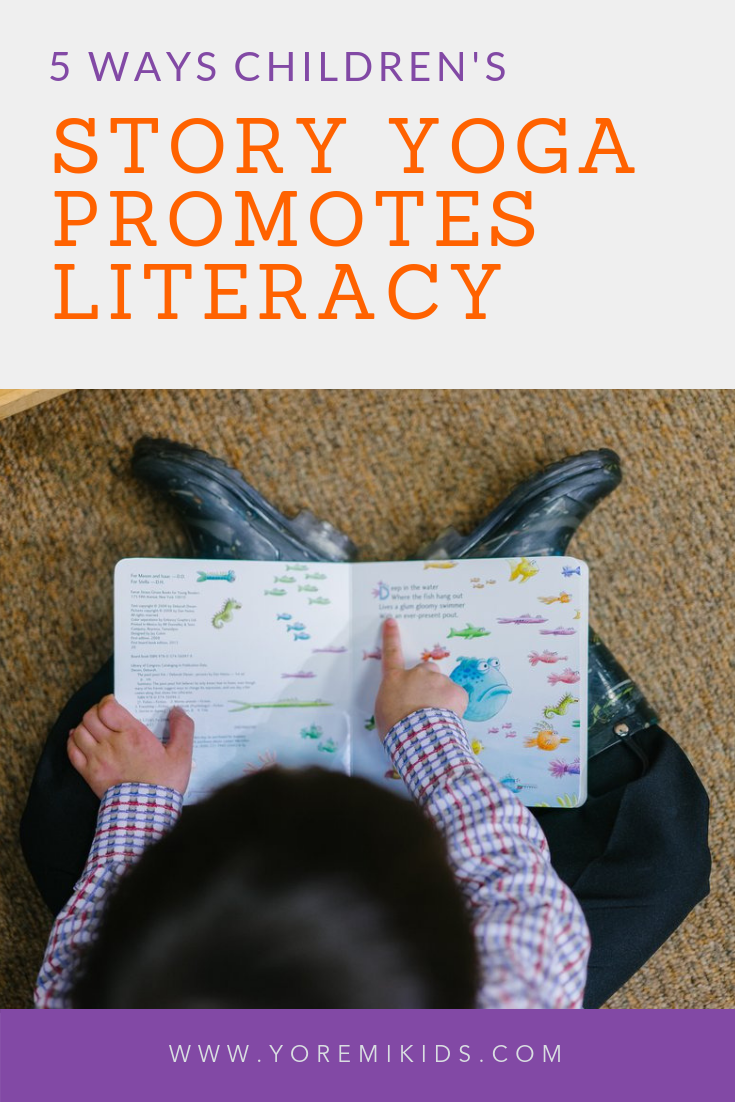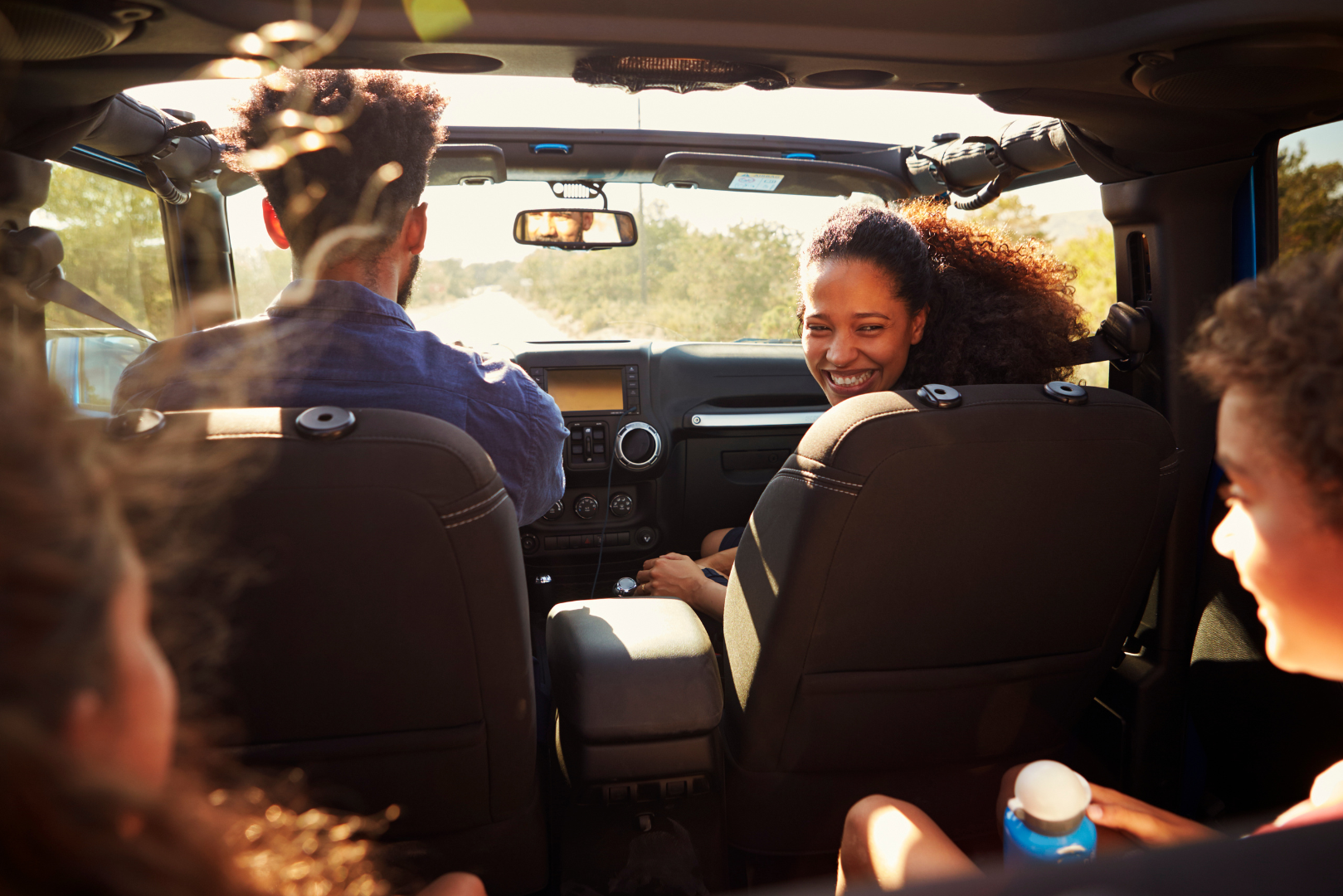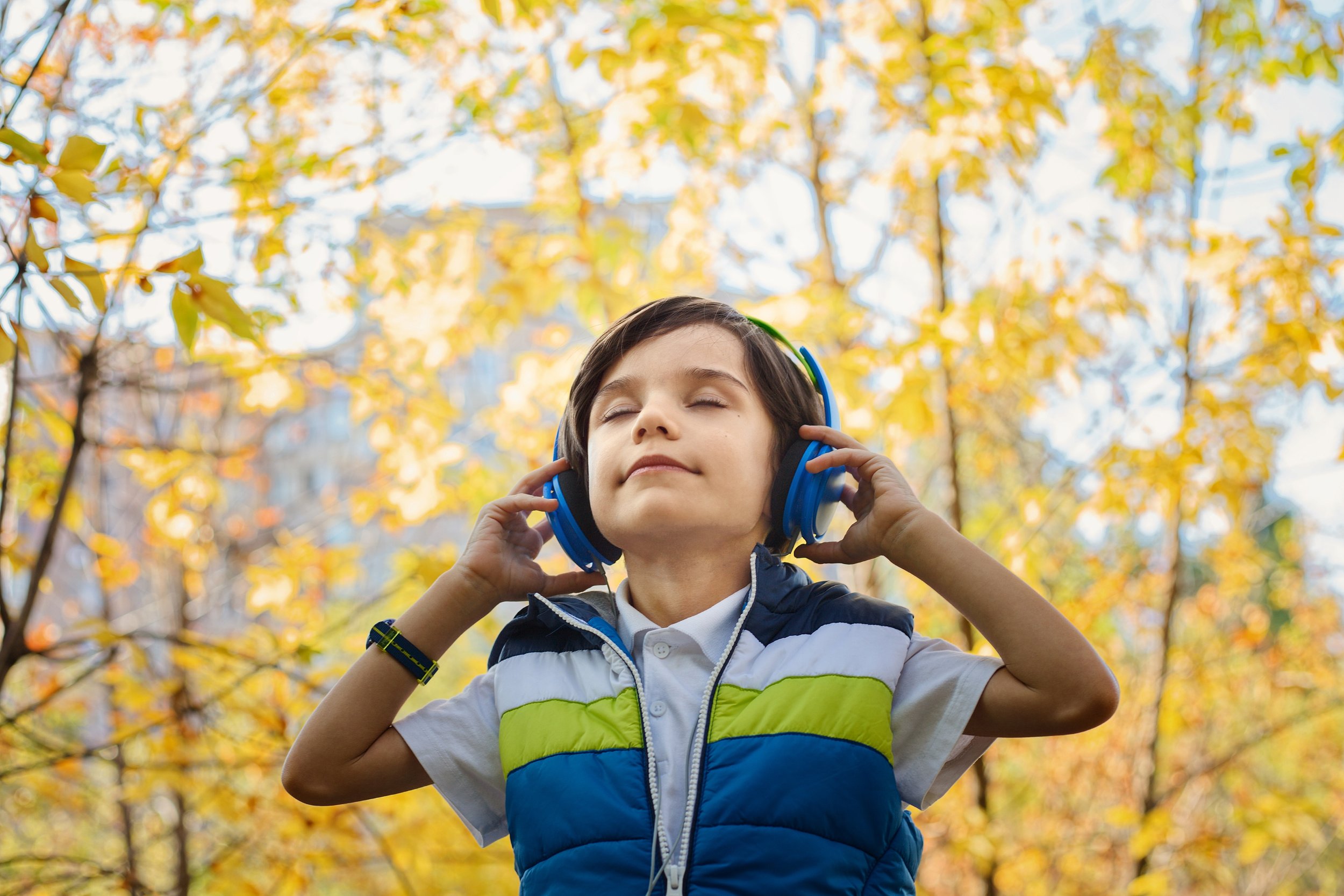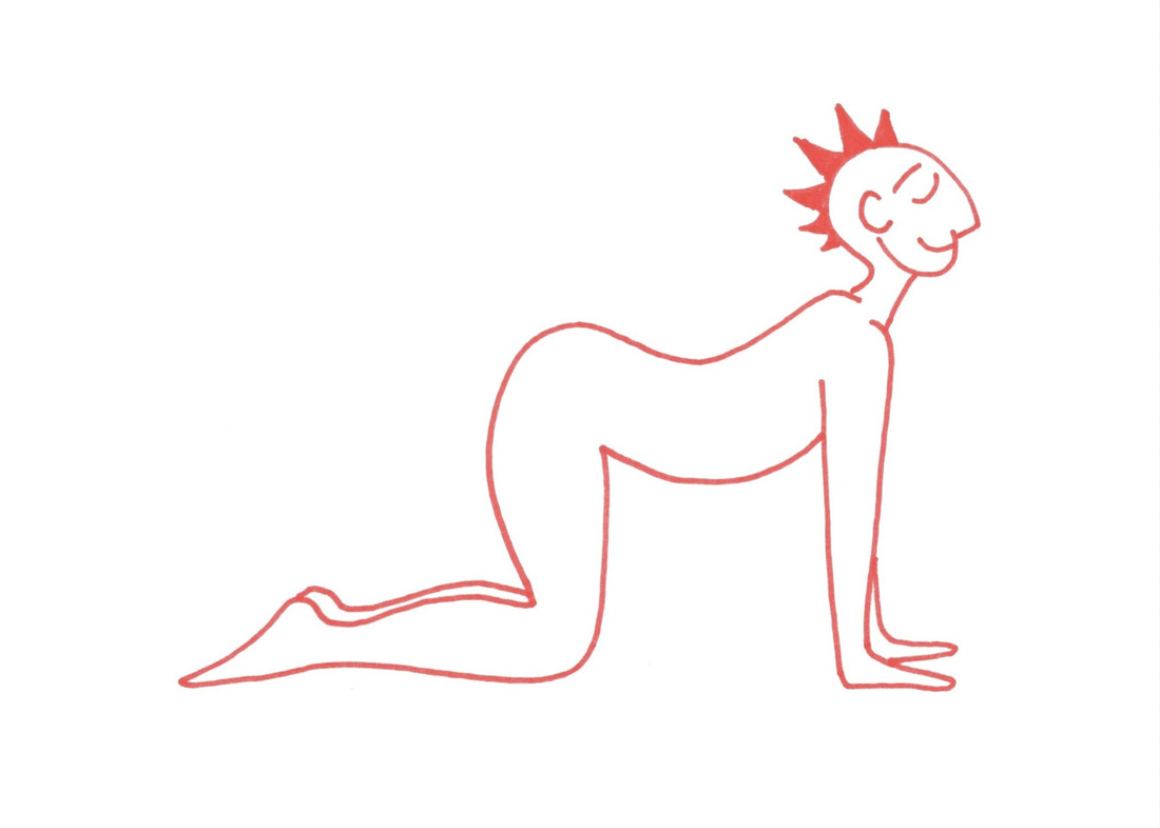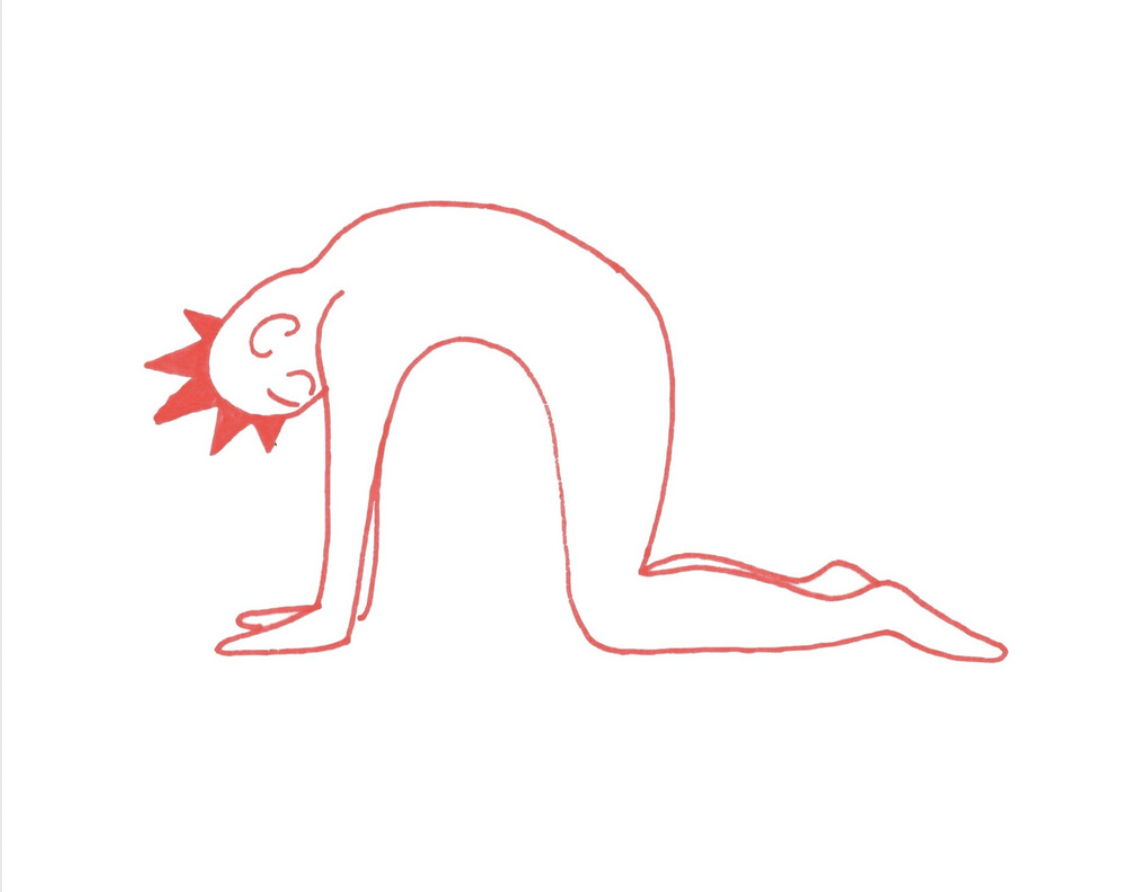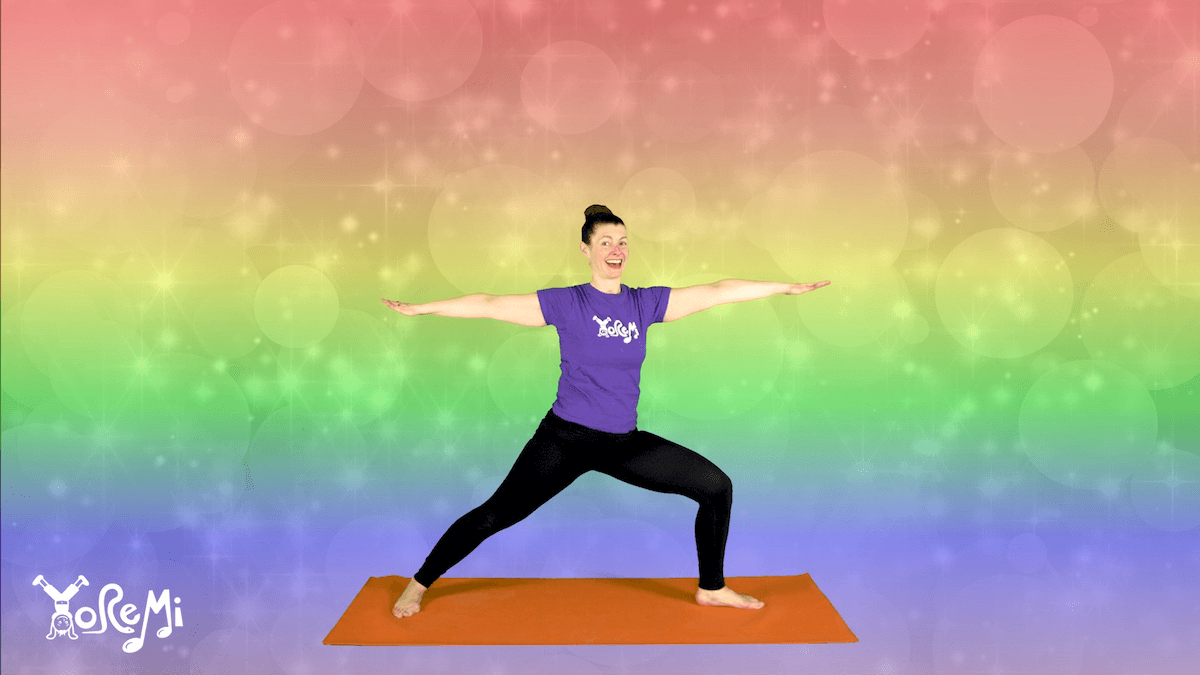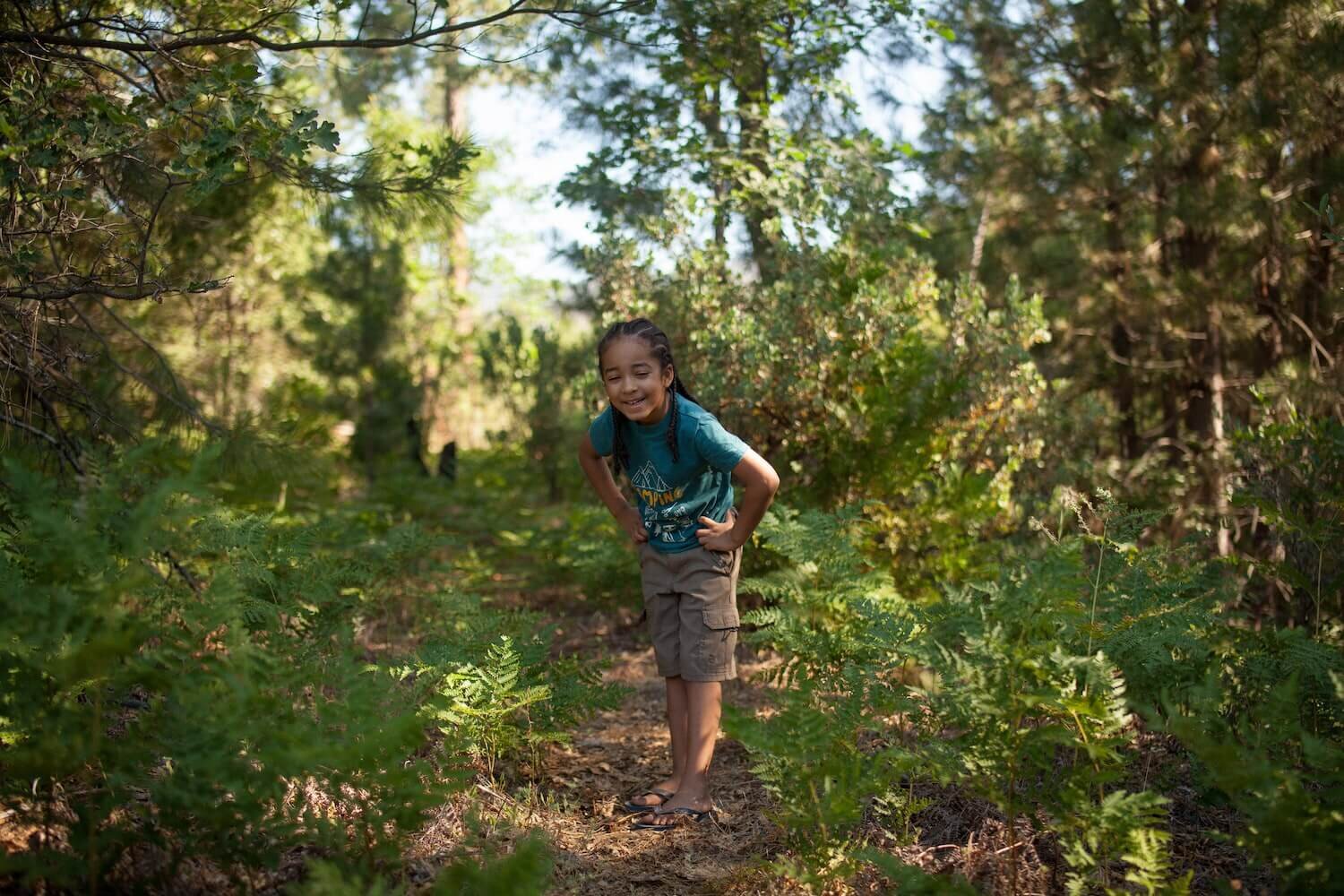5 Ways Kids Storybook Yoga Promotes Literacy and Creativity
We love telling kids yoga stories! We can use our imaginations to create a character and embark on a grand adventure, solving problems and meeting new friends along the way. But did you know that all this story yoga fun also supports literacy?
Preschoolers and early learners build the foundations for reading long before they ever crack open a book! Yoga and music together help children master those milestones in an engaging, exciting and positive environment.
Here are five ways music and yoga inspire children to love and excel at reading:
Our country is facing a literacy crises.
According to ProLiteracy, more than 30 million adults in the United States cannot read, write, or do basic math above a third-grade level. Children who have parents with low literacy have a 72 percent chance of being at the lowest reading levels themselves. “These children are more likely to get poor grades, display behavioral problems, have high absentee rates, repeat school years, or drop out.” - National Bureau of Economic Research (NBER)
Historically, maintaining illiteracy has been a way to exclude people from power. Just 200 years ago, many states passed laws that made it illegal to teach slaves to read or write. Women were also largely left out of education, because it was considered a waste as they would only be running a home and raising a family.
“Once you learn to read, you will be forever free.”
Literacy is power - power over one’s life, decisions and future. Teaching literacy is a form of social justice and it is our duty as adults, educators and citizens to ensure all children are included in this learning.
The most effective way to make literacy accessible for all children is to make it fun and exciting while ensuring young learners are set up for success early in their reading journey.
How Musical Yoga Promotes Literacy
1. Yoga Poses for kids Teach Spatial Orientation
If you ever ask a 4-year-old what the letter “M” looks like, they will likely raise a pointed finger and trace four connected lines in the air…up, down, up, down. They will trace an invisible circle for “O” and swoop through a silly squiggle for “S.” This child is not just showing their knowledge of letters, but is also demonstrating spatial awareness and their mastery of fine and gross motor skills.
Spatial development helps a child understand how to move their bodies through space, navigating around obstacles (and other children) safely and efficiently. It also helps with visual processing, letter recognition and letter reversals. Yoga practice supports all of these foundational literacy elements as well as eye tracking, sensory integration and motor skills.
Try This: Deep Breath In & Body Warm-Up
Sit with children in a circle. This is a perfect way to start your morning meeting!
Do several rounds of criss-cross applesauce to create right-left brain integration by crossing our bodies’ midline. We are also working on sequencing and patterning with this exercise!
Take several deep breaths while also inviting children to feel where there bodies are in space - use the activities in the videos below or make up your own!
2. Kids Yoga Supports Rhythm, Sequencing and Pattern Recognition
Language, both written and spoken, has a rhythm…a flow of emphasis, pauses, intonations, volume and beat. Sometimes, we might understand more from someone’s pace or tone than their actual words. We develop temporal awareness by practicing tapping or moving our bodies to rhythms while incorporating pauses, tone and tempo changes.
Children are naturally drawn to things that have a pattern, which is why music is such an effective teaching tool. Telling children to clean up will NEVER work nearly as well as joyfully singing the clean-up song! By reinforcing this natural proclivity, we can strengthen children’s ability to successfully pattern and sequence themselves, which will increase their facility in stringing letters together into words, words together into sentences, and eventually, sentences together into paragraphs.
TRY THIS: The Bird and The Worm (sun salutation)
Teach children a traditional yoga sequence by adding a story and a song!
Tap along to the rhythm “Oooh, I’m gonna get some worms.”
Invite the children to change their voices for the different characters or to change the story and make it their own.
3. Fun Kids Yoga Poses Can Increase Vocabulary and Word Comprehension
When we move our bodies in a kids yoga class, we are often pretending to be animals, things we find in nature like plants and trees, or modes of transportation like boats and trains. Word comprehension increases when we pair new vocabulary with physical movement.
Children learn prepositions like under, over, beside, around and through by moving their bodies along with those instructions. By physicalizing these intangible concepts, children experience the words and meanings through the position of their bodies in space.
In animal yoga, children also stomp, pounce, slither and stalk. They learn to move descriptively, making their motions strong, small, big, gentle, smooth, rigid, rapid, legato and much more.
TRY THIS: Caterpillar, Chrysalis, Butterfly
Invite children to move in three different ways as they become a caterpillar, transform into a chrysalis and then emerge as a butterfly.
Repeat this song a few times, asking how the movements might change if it was windy or rainy outside, of if the caterpillar was walking through sticky mud.
Explore different ways to fly to incorporate descriptive words - gentle, strong, and smooth. Expand the movement, using partners or props to invite the butterflies to fly under a bridge, over the trees, through a tunnel and around each other!
4. Yoga Stories Strengthen Expression and Communication
Ultimately, literacy stems from our innate need to communicate with one another. Oral tradition, the sharing of art, knowledge, ideas and culture verbally, is the first and still the most widespread mode of human communication. The desire to read begins with our own curiosity about the world around us and our place in it. The desire to write springs from our self-expression, a basic need to share our thoughts and knowledge with others.
Young children are naturally expressive, often extraordinarily so, and sometimes their shouts of rage or squeals of delight may fall outside of perceived social norms. How can we teach children to operate meaningfully in society while still cultivating and valuing their unique expression?
Children’s yoga classes happen in community and important life skills are learned in these yoga classes…we learn to collaborate, we take turns talking and listening, we say Yes to each other’s ideas and we incorporate everyone’s views.
Asking open-ended questions (those that cannot be answered with “Yes” or “No”) gives children the opportunity to practice conversing. They get to use their new-found language skills, reinforce vocabulary, and rely on their imaginations to collaboratively create a narrative.
Yoga classes also build confidence, which is a necessary ingredient to self-expression. It takes courage to share an idea, especially when it’s new or different. As children master challenging yoga poses, they are reminded that they are strong, capable, powerful and resilient. Blending yoga poses with affirmations is one of our favorite ways to encourage children to tap into their strength and possibility.
TRY THIS: Affirmation yoga
Blend yoga poses with affirmations of phrases that build confidence
First, do the poses along with the video and repeat the phrases out loud. The second time through, do the poses and simply think the affirmations silently to yourself.
Invite children to make up their own power poses and phrases. Incorporate them into your morning meeting or use them for brain breaks and transitions throughout the day.
5. StoryBook Yoga Teaches Narrative and Creativity
We learn in school that every story follows a similar narrative arc…exposition, rising action, climax, falling action, resolution. All great stories, from children’s board books to thousand-page novels, contain these five elements. Children’s success with literacy can be linked to how engaging teachers and parents are when they read stories.
Using different voices, pausing to ask children questions, or inviting children to predict what will happen next are all ways great teachers make sure children are getting the maximum benefits at story time.
We take this a step further by combining yoga poses with story telling. Watch the videos below to see how we yoga-fy some of our favorite children’s books. Share these with your students or add poses to your favorite children’s book!
“Are You My Mother?” by P.D. Eastman
“The Very Busy Spider” by Eric Carle
Learning to read can be challenging, especially for kids who may not have been exposed to foundational elements early. But children are also naturally resilient. Our curiosity outweighs our discomfort every time.
Watching a toddler learn to walk is watching a child fall down and get back up a million times. Reading is simply another skill that children will learn if they are given the opportunity and incentive to practice.
Make it fun and children will always try again and again…share your passion and joy with them and they will love to learn, even when it’s hard…especially when it’s hard. When we discover a love of learning, we never stop.
Save this post:
Rachel Costello is the Executive Director of Yo Re Mi. She is a professional touring musician and Yoga Alliance registered teacher (ERYT200, RCYT, RPYT, YACEP) specializing in hatha, vinyasa, prenatal, postpartum, and yoga for labor and delivery. Through Yo Re Mi Rachel brings musical yoga enrichment to NYC children. Rachel has taught adults and children since 2005 and believes yoga harnesses our innate energy to increase self-awareness, confidence, health, positivity and balance, while having FUN!



